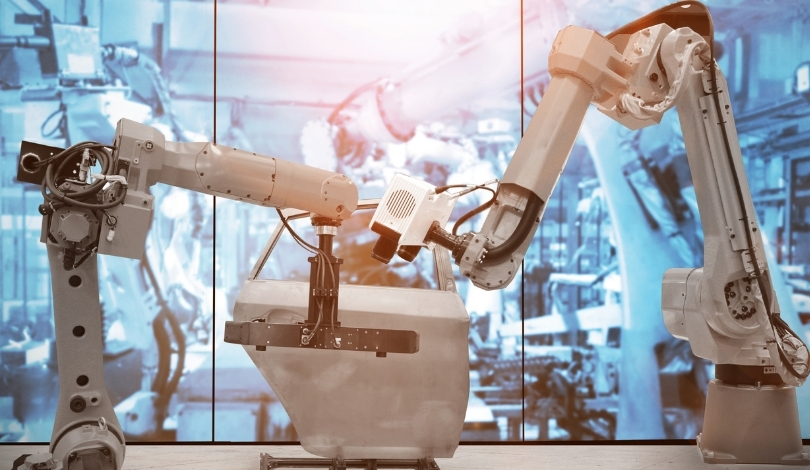In a strategic move, Fourier Intelligence Co. has announced a rebranding to Fourier and Fourier Rehab. The Shanghai-based company aims to enhance its presence in humanoid robotics and rehabilitation technology sectors. By separating its operations into these two distinct units, Fourier intends to address the diverse needs of its international clientele more effectively, leveraging its innovative technology to drive societal improvements.
Focus on Humanoid Development
Fourier’s ongoing efforts include the development of the GR-1 general-purpose humanoid robot, which started production in December 2023. The GR-1 robot stands 1.65 meters tall, weighs 55 kilograms, and features 40 degrees of freedom. Its hip joint module can generate a peak torque of 300 Nm, allowing it to walk at a speed of 5 kph and carry up to 50 kilograms. The integrated emotion AI module and advanced voice-recognition system aim to enhance human-machine interactions.
This humanoid robot is part of a competitive market that includes notable companies like Boston Dynamics and Agility Robotics. Fourier’s previous focus on exoskeletons and rehabilitation devices has now expanded with this new venture into humanoid robotics. The strategic rebranding aligns with Fourier’s ambition to create a comprehensive tech ecosystem.
Specialized Rehabilitation Services
Meanwhile, Fourier Rehab will concentrate on advancing rehabilitation technology. As a specialized subsidiary, it aims to improve the quality of healthcare services globally. Fourier Rehab will continue to develop user-friendly exoskeletons and a range of rehabilitation devices for upper and lower limbs, movement and balance, and electrotherapy.
Fourier Rehab also has plans to build on its previous collaborations, like the Exoskeleton Robot Open Platform (EXOPS) developed with National Instruments and the University of Melbourne, which serves educational and clinical research needs. Recent partnerships with COSMED and ProCare will help extend Fourier’s reach in global rehabilitation solutions.
In recent years, Fourier Intelligence has made significant strides in robotics and rehabilitation technology. The company’s focus on integrating advanced AI in its products highlights its commitment to staying at the forefront of innovation. Earlier, Fourier was known primarily for its exoskeletons and rehabilitation devices, which garnered attention from various medical institutions worldwide. The new rebranding marks a significant shift in its strategy, aiming for a broader impact by addressing both technological and healthcare needs.
Fourier’s past collaborations and product launches laid the groundwork for its current endeavors. The company’s strategic partnerships and innovative products have consistently drawn interest from industry experts and healthcare providers. This rebranding and the introduction of the GR-1 humanoid robot promise to further elevate Fourier’s standing in the global market.
Fourier’s rebranding to Fourier and Fourier Rehab marks a significant shift in its operational focus. With a dual approach targeting both humanoid robotics and rehabilitation technology, the company aims to meet diverse market demands more efficiently. For readers interested in the latest in robotics, understanding Fourier’s strategy offers insights into the future of human-machine interaction. The company’s partnerships and technological advancements suggest a promising outlook for its new ventures.










